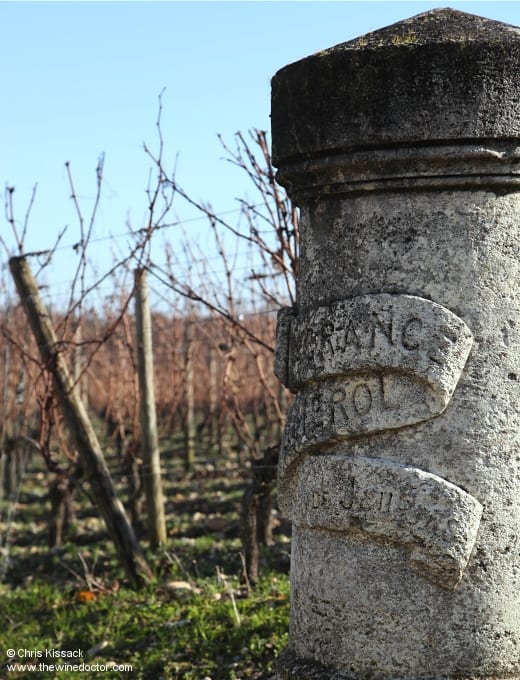Château Lagrange
I think it is fair to say that unless you know exactly where to look, it is extremely unlikely that you will ever chance across Pomerol’s Château Lagrange. This statement is perhaps not true of the Château Lagrange located in St Julien on the Médoc peninsula, which lies directly west of Château Gruaud Larose and Château Branaire-Ducru, and is well sign-posted. It is true, however, of the somewhat less renowned château in Pomerol which bears the same name. Hidden close to the waters of the Barbanne, secreted behind some of the appellation’s more famous châteaux, this property maintains an interminably low profile. It is only its position within the portfolio of Etablissements J-P Moueix, one of the appellation’s and indeed one of Bordeaux’s most renowned names, which thrusts it into the Pomerol limelight.
The vineyards of Château Lagrange are situated behind the microscopic hamlet of Pignon, where we find Château La Croix de Gay and Château Fleur de Gay. The diminutive château which looks out across the vines, really little more than a generous maison in the same style as the aforementioned two properties, is today in separate ownership, and there is nothing here to identify it as Château Lagrange. Marking the vineyard and removing all doubt as to its identity, however, are two carved stone posts (one of which is pictured), traditional for the appellation and similar to those which can today be found at Château Rouget, Château Gazin and Château La Fleur-Pétrus, among others.

